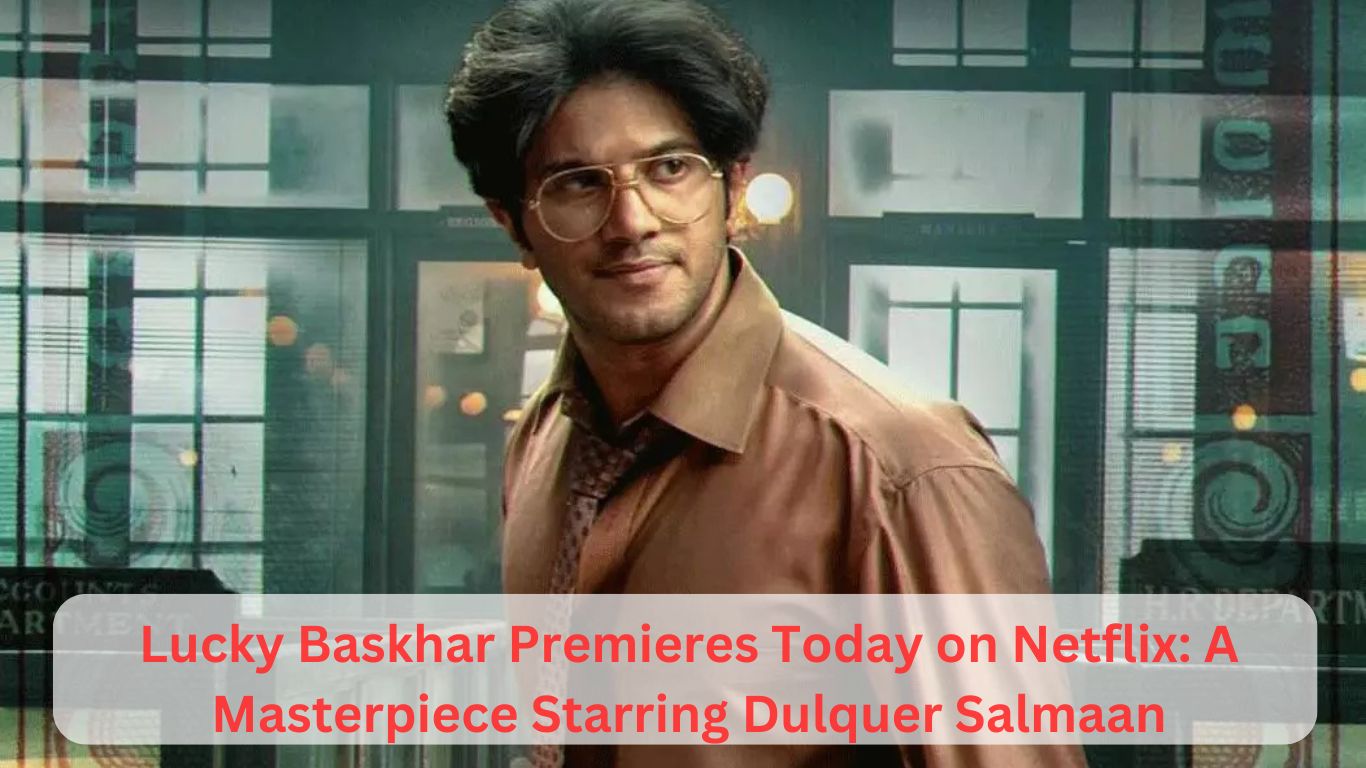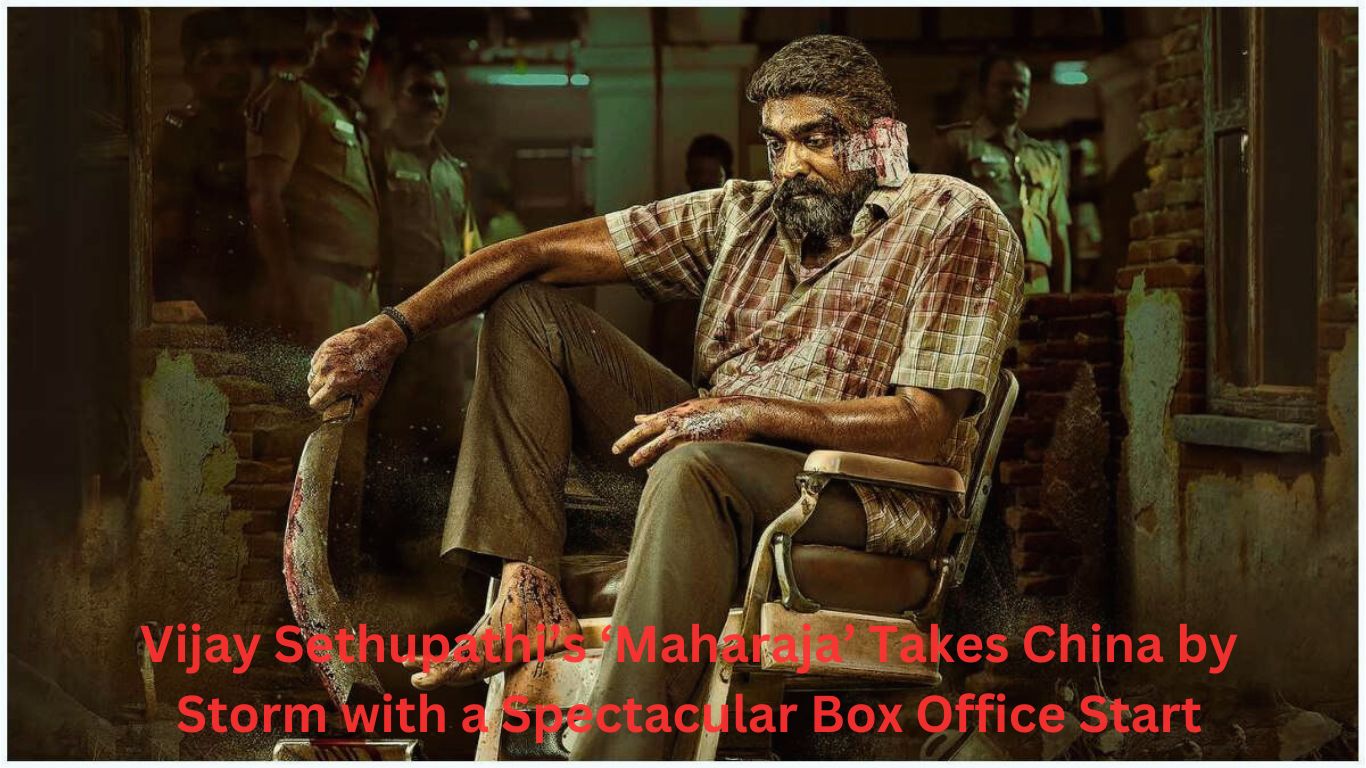Female Filmmakers Making Waves: Celebrating Women in Cinema
In an industry historically dominated by men, female filmmakers are now making significant strides, reshaping the cinematic landscape and challenging societal norms through their unique storytelling. From directing powerful narratives to producing films that highlight female experiences, women in cinema are not only breaking barriers but are also creating a rich tapestry of diverse voices that resonate with audiences around the world.
A Turning Tide
The past decade has seen a profound shift in the representation of women behind the camera. Initiatives aimed at promoting gender equality in the film industry, such as the #MeToo movement, have sparked critical conversations about the systemic issues that have perpetuated discrimination and inequity. As a result, film festivals, studios, and organizations are increasingly prioritizing female filmmakers, creating platforms that amplify their work and perspectives.
Organizations like Women in Film, the Geena Davis Institute on Gender in Media, and the Center for the Study of Women in Television and Film provide essential resources, advocacy, and research to support women in cinema. The impact of such initiatives is evident; in 2021, women directed 16% of the top 100 grossing films, a significant increase compared to previous years. This upward trend signals a collective acknowledgment of the importance of diverse voices in storytelling.
Trailblazers Leading the Charge
Prominent female filmmakers, such as Greta Gerwig, Chloe Zhao, and Ava DuVernay, have emerged as trailblazers in the industry, each bringing their own unique perspectives to the screen. Gerwig’s “Little Women” reimagines Louisa May Alcott’s classic novel with a fresh, contemporary lens, showcasing the complexity of women’s lives throughout history. Zhao’s “Nomadland” elegantly captures the essence of marginalized communities, earning her an Academy Award for Best Director in 2021—the second woman ever to do so. Meanwhile, DuVernay’s pioneering work on projects like “Selma” and “When They See Us” highlights not only historical injustices but also addresses contemporary issues faced by communities of color.
These filmmakers and many others are paving the way for a new generation of creators. Young women, inspired by the successes of their predecessors, are venturing into diverse genres—from animation to documentaries, from horror to experimental film. Projects that center women’s stories, like reflecting on identity, resilience, and empowerment, are becoming more prominent, reshaping audiences’ perceptions of female roles both in front of and behind the camera.
Intersectionality and Inclusivity
While the conversation around women in cinema has gained momentum, it is crucial to recognize the importance of intersectionality. Diverse stories matter, and the voices of women from various racial, ethnic, and cultural backgrounds add depth to the dialogue within the film industry. Filmmakers such as Issa Rae, Mira Nair, and Julie Dash are essential to this narrative, injecting their cultural experiences into their work and tackling issues specific to their communities. This inclusivity generates a wealth of narratives that resonate with a broader audience, ultimately enriching the cinematic experience for all.
Celebrating Achievements and Future Potential
The accomplishments of female filmmakers are evident not just in awards won but in the broader cultural impact their films have had. As their work garners critical acclaim and commercial success, the industry begins to recognize that female-driven narratives can and do generate substantial box office returns, paving the way for future projects to be greenlit.
In recognition of their contributions, more film festivals are offering awards and granting opportunities specifically for female filmmakers. The rise of streaming platforms has also opened new avenues, allowing these creators more autonomy and control over their narratives, not confined by traditional studio systems.
Conclusion
As we celebrate the achievements of women in cinema, it is vital to continue advocating for equitable representation and opportunities. The tide may be turning, but the journey toward complete parity is ongoing. Every female filmmaker making waves in the industry continues to inspire future generations to pick up their cameras and tell their stories. By supporting their artistry and amplifying their voices, we can all contribute to a more inclusive and vibrant cinematic world, where every story is told, every voice is heard, and every experience matters. In the ever-evolving landscape of film, the future is undeniably female.















